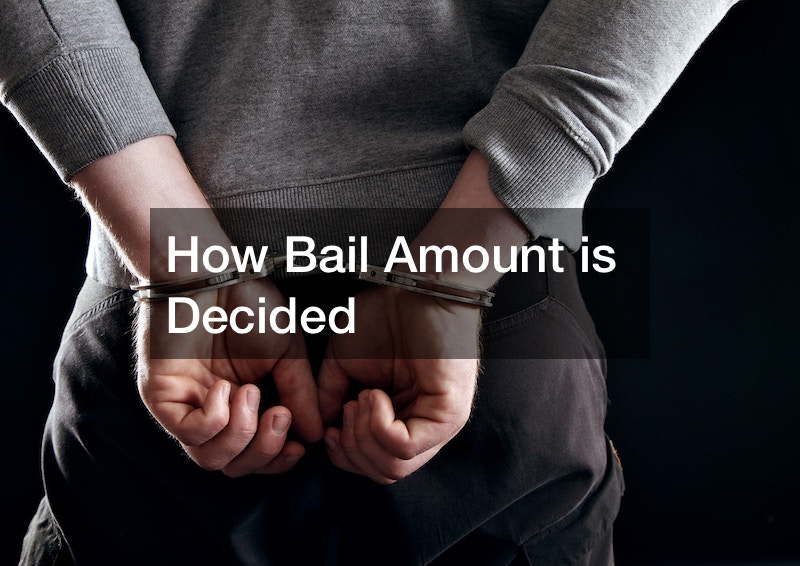
In criminal cases, if a judge considers a suspect a flight risk or a danger to the community, they may set a higher bail amount to ensure the suspect remains in custody until their trial. On the other hand, if the suspect has strong community ties, a stable job, and no prior criminal record, a judge may set a lower bail amount. The court may even release the suspect on their recognizance.
When that happens, the suspect doesn’t have to post bail but must promise to appear in court for their trial. Judges consider various factors when determining bail amounts. Factors include financial resources and the likelihood of the suspect appearing for future court proceedings. Bail setting ensures the suspect’s presence at trial while also considering their rights to due process and the presumption of innocence. However, judges must also adhere to legal guidelines and constitutional principles when setting bail.
The Eighth Amendment of the United States Constitution doesn’t allow judges to set excessive bail. Ultimately, judges have discretion in setting bail amounts. With this in mind, they must balance the interests of public safety, the rights of the accused, and the principles of fairness and justice. In some situations, judges may deny bail altogether. The refusal may happen if the defendant poses a significant flight or public safety risk.
.

